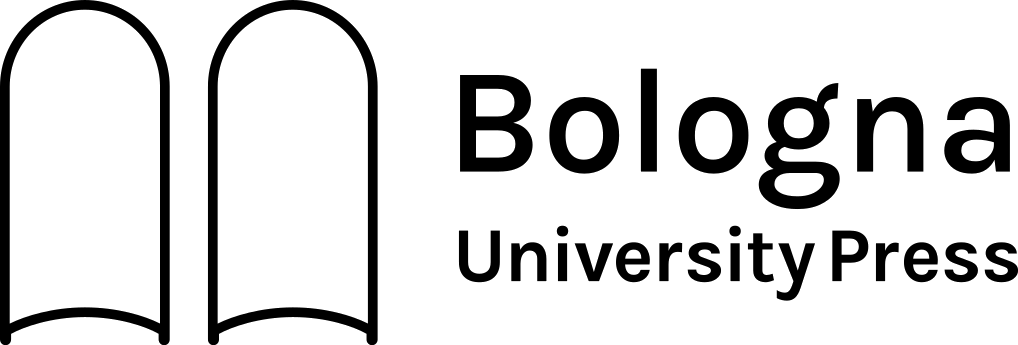Most of the national orange production, estimated at 900,000 tons per year, is processed in several cities in the south area of Italy. Half part of this amount corresponds to the peels, which are separated in the orange selection and processing plants. In this work, the possibility of using orange peels as raw material for the manufacture of building materials for the civil construction industry is studied. Recently, some attempts to reuse by-products derived from citrus waste have been proposed. For example, it was used as a source of nutrients in food, pharmaceutical, and cosmetic industries and as a source for energy production. There are precedents in the use of biomass residues in different building blocks, mainly with the aim of generating insulating materials. With this objective, insulating materials were obtained from agriculture by-products also manufactured without a binder. After a drying process, orange peels were characterized with electronic scanning analysis and thermal analysis in order to analyze the application in the building sector. The same by-products for the production of samples in the form of panels were used. In order to establish the best panel composition, physical and thermal properties, as well as mechanical and durability performances of the samples, were characterized.









